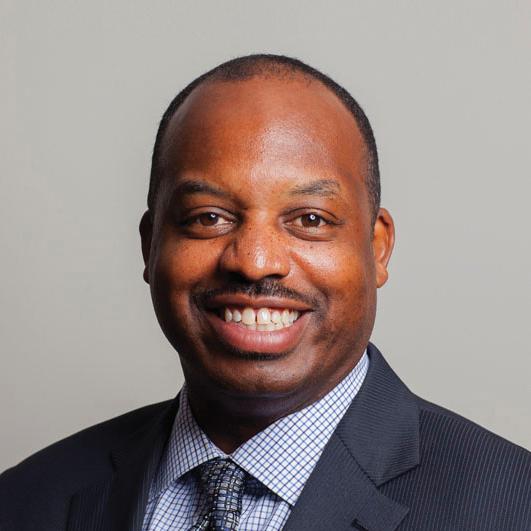SXSW EDU
4 Takeaways from SXSW EDU: All Pathways Should Come with Directions

Left to right: Greg Walker, College Board; Yustina Saleh, Ph.D., The Burning Glass Institute; Sylvia Wood, St. Dominic Savio Catholic High School; V. Scott Solberg, Boston University, Wheelock College of Education and Human Development
There are more opportunities available than ever before for high school students and therefore more decisions to navigate. These choices include AP courses, career and technical education, electives, work-based learning, internships, dual enrollment, community college, certification programs, four-year colleges, trade schools, military service, and more. While having numerous opportunities to consider is a good thing, how to best weigh one’s options and choose between them can feel overwhelming.
Students ask themselves: What do I need in order to pursue the right career for me? That’s often followed by: How do I know which career pathway is right for me in the first place? The risks of making decisions without much-needed information can be costly.
These are some of the topics and questions that I recently discussed on a panel at SXSW EDU with esteemed panelists Dr. V. Scott H. Solberg, Coalition for Career Development (CCD) Center; Sylvia Wood, St. Dominic Savio Catholic High School (Austin, TX); and Yustina Saleh, PhD, The Burning Glass Institute.
One sentiment came through loud and clear: All pathways to opportunity should come with directions, no matter the desired destination. Because students empowered with career-relevant information, guidance, and experience, can access more opportunities and make smart choices about their futures.
If you missed the session at SXSW EDU, here are some of the highlights:
- Many opportunities and realized passions can arise out of movement. While not all paths from high school to the future are linear, there is a need to help students continue moving forward. Equipping students with career navigation skills earlier in their high school journey will not only empower them to make informed decisions come graduation but will serve them well into their careers as well. Just like when using a GPS to travel to a destination, it saves time and frustration when we have directions to help guide us where we want to go. Similarly, when we miss a turn or go down the wrong path, the GPS helps us recalculate and get back on track. At the College Board, we aim to serve as the GPS for student opportunity.
- There are so many pathways for students to choose from, and the road to those opportunities is not linear. We as education leaders and caring adults can provide students with the GPS tools they need to get where they want to go. This could look like striking up a conversation about career navigation, offering project-based and work-based learning in school to encourage self-discovery, or referring students to free, online career and college planning tools like BigFuture. These efforts can help students connect their postsecondary choices to career choices. As Yustina Saleh said, “There's not one starting point to a destination, and there's not one end point from any starting point [...] You can come out of a history major and go into data science, and you can come out of sociology and become the best marketing person. All these pathways happen, but they happen with a little too much serendipity and very little directions.”
- Navigating career pathways isn’t just about helping students discover what they like. It’s also about helping them figure out what they don’t like. In classrooms and throughout lessons, students can connect their values and passions to future options. When students have the freedom to explore a topic, try new things, and showcase their skills creatively, they’ll naturally gain a better understanding of whether or not they might want to pursue an opportunity or career in that field. Without hands-on experience or access to established professionals in the field to help illuminate their skills and passions, it’s that much harder for students to know which careers could be a good fit.
- A recent study shows about half of college graduates are underemployed a year after graduation. All students should have access to a successful and fulfilling career come high school graduation. As I said on the panel, “I asked the students, ‘What is it that you want to do with your life?’ One said, ‘I think I want to be a nurse.’ The other said, ‘I think I wanna be a veterinarian.’ I said, ‘Do you know if the courses that you are taking are setting you up for that success?’ And they shook their heads no.” Whether a student is considering attending college, entering the workforce directly, or any option in-between, they need to better understand the key factors that can contribute to their decision-making process to help them save time and costs in the short term, while setting them up for success in the long term. That may require an investment in education and training, access to employment data such as salary information, and an understanding of the time required to reach their goals.
Sessions like these leave us feeling inspired by the hard work that education leaders do to help today’s students.
Greg Walker, senior vice president at College Board, leads the State and District Partnerships team, which plays an invaluable role in College Board's mission to meet the needs of K–12 students, educators, and leaders.
